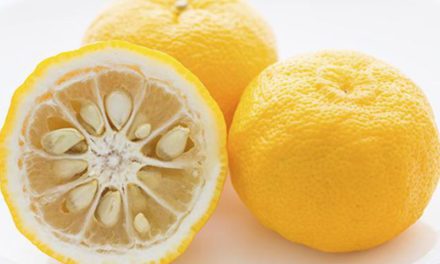This saying is attributed to the author, Gertrude Stein, and I’ve never really understood why it became so famous. I just don’t get it. Does it mean that no matter what you do to it, it will still be a rose? Or does it mean that you’re not to get too excited; it’s only a rose? So a rose is a rose is a rose. So what?
At the risk of inciting the ire of rosarians everywhere, the real truth is that a rose bush is not always a thing of beauty. The

Abraham Darby Rose from Sandra’s garden
blossoms can be gorgeous, but the bush itself is often awkward, stingy with its nondescript foliage and usually has ugly, bare knees. It’s a most undisciplined plant. It sends out thorny, thin branches in all directions, and here in the Lowcountry, it’s vulnerable to all kinds of diseases, blights and pests. In short, they’re such a pain in the dupa it’s a wonder that anyone grows them at all.
So why do we? I don’t know why others do, but I grow them just for the beauty of the blossoms and for their singular fragrance. Roses in my garden must be fragrant. I don’t have a ‘rose garden.’ They aren’t treated like they live in Downton Abbey. They grow down in the village among perennials, annuals and shrubs. But, ahhh. There’s the rub. Put them too close to other plants, or too close together, and they don’t get the air circulation necessary to help control the dreaded . . . Black Spot Disease.
True, there are some roses that take much less effort to grow and keep healthy. ‘Knockout’ roses are relatively care free, but they’re landscape roses. That is, they are used for color, hedges and for screens, and they do an admirable job. But they are not grown for their gorgeous blossoms or for their lovely fragrance. They don’t have either.
‘Earth Kind’ is a special designation given to roses trialed by Texas A & M University. Cultivars of various rose types are trialed for four years at the AgriLife Center in Dallas, and four years in the field. Once established, they receive little or no supplemental water, fertilizer or chemicals. If they make the cut, they receive the coveted ‘Earth Kind’ label. The program has expanded to include six other universities. You can find more information about this program, and a list of cultivars which have been named “Earth Kind” at https://aggie-horticulture.tamu.edu/earthkindroses/about/
You may be surprised to find some of your favorites on the list. I was.
The biggest issue we find with growing roses in the Lowcountry is the heat/humidity factor. Roses reallydon’t like it. Here are some tips to help your roses thrive in spite of it.
Air circulation is vital. That doesn’t mean that each rose must be grown as a single specimen with no one to play with. It does mean that you need to give it room to breathe, and its companions should be tall and slender, or short and airy. Lilies are good playmates and look beautiful growing through the branches. Serissas and Mexican Heather are mostly evergreen and are low enough to hide the roses’ knobby knees.
Avoid overhead irrigation, if you can. If not, be sure that the leaves and blossoms have time to fully dry before nightfall. Drip irrigation is the best, but be careful not to over-water. Root rot can be a real problem in overly wet soil.
Keep mulch away from the base of the shrub, but a light bark or pine straw mulch will keep soil-borne pathogens from splashing up onto the shrub during heavy rains.
Prune your roses around Valentine’s Day. Cut back to about three strong branches. Most cultivars will benefit from a mid-summer haircut, as well. When cutting blossoms, cut back to just above a 5-leaf cluster. When pruning for shape, cut just above an out-facing node (this is where the new growth will begin). You want the new growth which results from this cut to grow outward rather than inward and crowd the plant. Climbing roses, however, usually need only clean-up pruning, since most bloom on old wood.
Try to buy “own root” specimens. Grafted roses aren’t necessary in our climate, and the vigorous root stock will often overwhelm and kill the cultivar which is grafted onto it.

Sandra’s fellow garden columnist Laura Lee Rose, wearing roses.
Roses love lime. Sprinkle a half cup or so around the base when you do your Valentine’s Day pruning.
There are products on the market specifically compounded for roses, and may include fertilizer, a fungicide (to help control Black Spot), and a pesticide to discourage insect damage. Use sparingly any product with ‘cide’ as a name-ending and always, always follow the label directions.
Hybrid Tea roses are the most problematic to grow down here. They tend to do better as container plants so that you have more control over their environment.
So called ‘modern’ roses; the hybrid teas, Floribundas and Grandifloras, are generally a bit smaller than the old fashioned shrub roses. These include types such as China, Damask, Bourbon and Gallica, among others. Aren’t their names romantic? And don’t forget the Laura Lee Rose.
And then, in a class of their own, are the David Austen Roses. I’m crazy about them. Most are deliciously fragrant and remind me of those lush still life paintings of the Renaissance. A single blossom on your night-stand is sublime.
Sweet dreams guaranteed.








